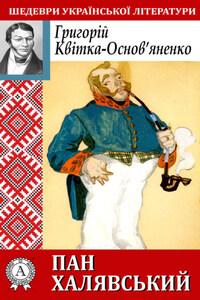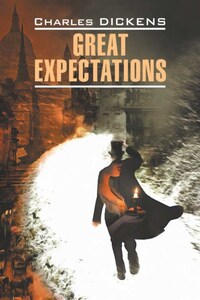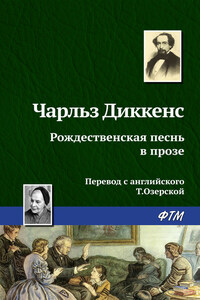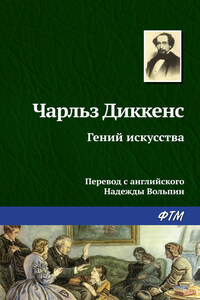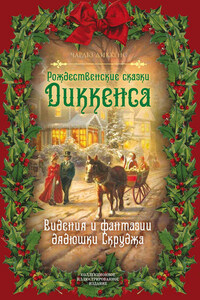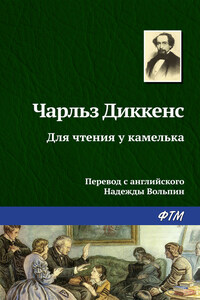When Oliver Twist was first published in 1838, it was not fashionable to write novels that showed life in all its miserable reality. But Dickens wanted to shock his readers. He wanted to show criminals as they really were, and to reveal all the horrors and violence that hid in the narrow, dirty backstreets of London. So he gives us the evil Fagin, the brutal Bill Sikes, and a crowd of thieves and robbers, who lie and cheat and steal, and live in fear of prison or the hangman’s rope around their necks.
Dickens also had another purpose. He wanted to show that goodness can survive through every kind of hardship. So he gives us little Oliver Twist – an orphan thrown into a world of poverty and crime, starved and beaten and unloved. He gives us Nancy – poor, miserable, unhappy Nancy, who struggles to stay loyal in a cruel world.
And, as in all the best stories, goodness triumphs over evil in the end.
![]()
Great Clarendon Street, Oxford 0X2 6DP
Oxford University Press is a department of the University of Oxford
It furthers the University’s objective of excellence in research, scholarship,
and education by publishing worldwide in
Oxford New York
Auckland Cape Town Dar es Salaam Hong Kong Karachi
Kuala Lumpur Madrid Melbourne Mexico City Nairobi
New Delhi Shanghai Taipei Toronto
With offices in
Argentina Austria Brazil Chile Czech Republic France Greece
Guatemala Hungary Italy Japan Poland Portugal Singapore
South Korea Switzerland Thailand Turkey Ukraine Vietnam
OXFORD and OXFORD ENGLISH are registered trade marks of
Oxford University Press in the UK and in certain other countries
This edition © Oxford University Press 2008
Database right Oxford University Press (maker)
First published in Oxford Bookworms 1992
2 4 6 8 10 9 7 5 3 1
No unauthorized photocopying
All rights reserved. No part of this publication may be reproduced,
stored in a retrieval system, or transmitted, in any form or by any means,
without the prior permission in writing of Oxford University Press,
or as expressly permitted by law, or under terms agreed with the appropriate
reprographics rights organization. Enquiries concerning reproduction
outside the scope of the above should be sent to the ELT Rights Department,
Oxford University Press, at the address above
You must not circulate this book in any other binding or cover
and you must impose this same condition on any acquirer
Any websites referred to in this publication are in the public domain and
their addresses are provided by Oxford University Press for information only
Oxford University Press disclaims any responsibility for the content
ISBN 978 0 19 479266 0
A complete recording of this Bookworms edition of
Oliver Twist is available on audio CD ISBN 978 0 19 479246 2
Printed in Hong Kong
Illustrations by: George Cruikshank courtesy of the Bodleian Library,
from the engravings in the 1846 edition
Word count (main text): 26,560 words
e-Book ISBN 978 0 19 478628 7
e-Book first published 2012
Oliver Twist
Mrs Mann, in charge of the ‘baby farm’
Mr Bumble, the beadle
Mrs Corney, a widow, in charge of the workhouse
Old Sally, a woman in the workhouse
Mr Sowerberry, an undertaker
Mrs Sowerberry, his wife
Charlotte, the Sowerberrys’ servant
Noah Claypole, a charity-boy
Fagin
The Artful Dodger, one of Fagin’s boys
Charley Bates, another of Fagin’s boys
Bill Sikes, a robber
Nancy, Bill Sikes’ girl
Monks, a mysterious stranger
Mr Brownlow, an old gentleman
Mrs Bedwin, Mr Brownlow’s housekeeper
Mr Grimwig, an old friend of Mr Brownlow’s
Mrs Maylie, a kind lady
Harry Maylie, her son
Rose Maylie, her niece
Dr Losberne, a friend of the Maylies’
Oliver Twist was born in a workhouse, and when he arrived in this hard world, it was very doubtful whether he would live beyond the first three minutes. He lay on a hard little bed and struggled to start breathing.
Oliver fought his first battle without much assistance from the two people present at his birth. One was an old woman, who was nearly always drunk, and the other was a busy local doctor, who was not paid enough to be very interested in Oliver’s survival. After all, death was a common event in the workhouse, where only the poor and homeless lived.
However, Oliver managed to draw his first breath, and then announced his arrival to the rest of the workhouse by crying loudly. His mother raised her pale young face from the pillow and whispered, ‘Let me see the child, and die.’
The doctor turned away from the fire, where he had been warming his hands. ‘You must not talk about dying yet,’ he said to her kindly. He gave her the child to hold. Lovingly, she kissed the baby on its forehead with her cold white lips, then stared wildly around the room, fell back – and died.
‘Poor dear!’ said the nurse, hurriedly putting a green glass bottle back in the pocket of her long skirt.
The doctor began to put on his coat. ‘The baby is weak and will probably have difficulties,’ he said. ‘If so, give it a little milk to keep it quiet.’ Then he looked at the dead woman. ‘The mother was a good-looking girl. Where did she come from?’




